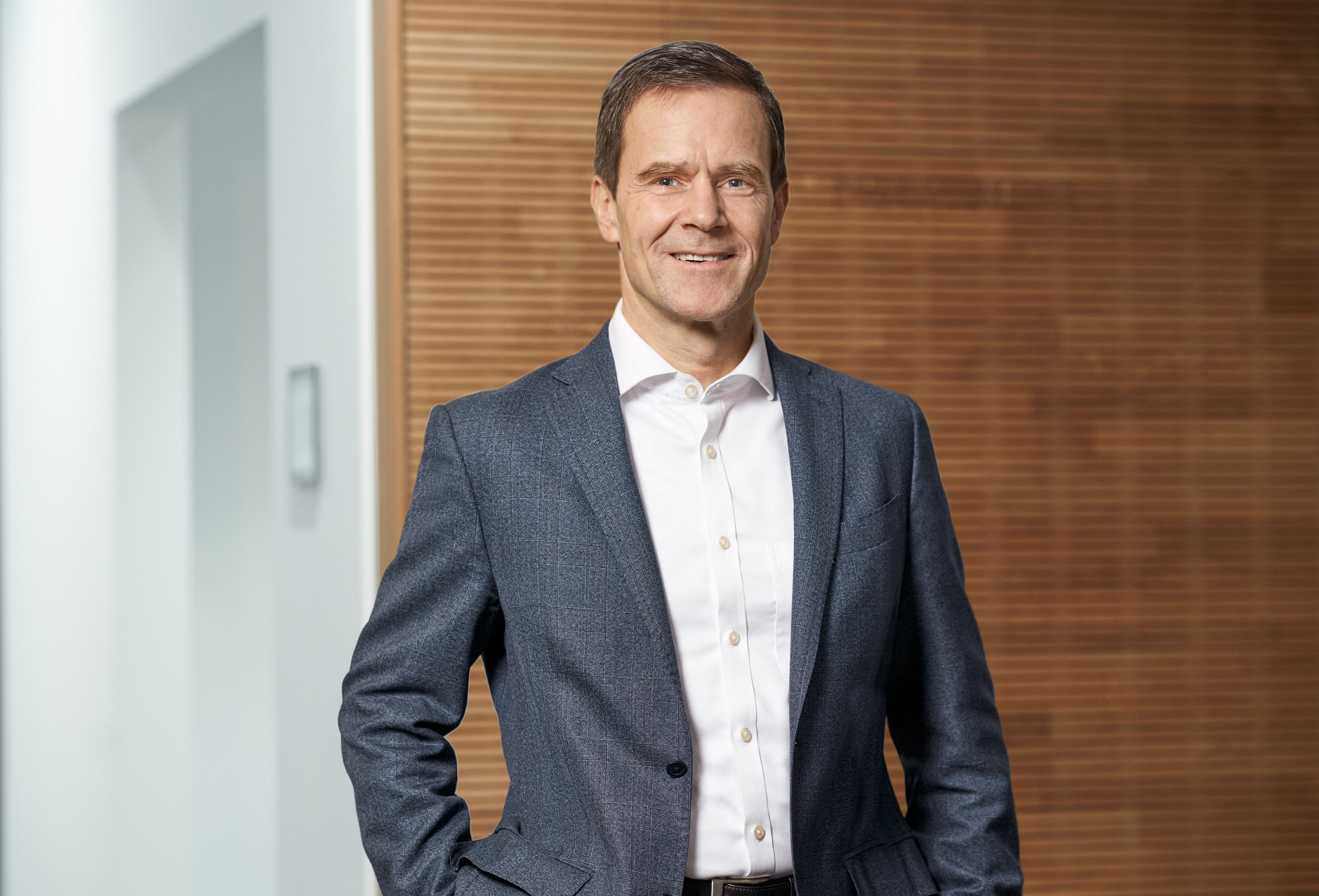
The German multinational said the impact of the coronavirus pandemic in 2020 affected construction activities and thus demand for building materials. After the sharp drop in sales volumes in the second quarter at the height of the first COVID-19-related lockdowns, demand increased significantly again in the following months, but was unable to fully compensate for the losses by the end of the year.
Due to the decline in sales volumes, HeidelbergCement's unaudited results show group revenue for 2020 decreased by 6.6% to €17.6bn (compared to €18.9bn in 2019). Excluding consolidation and currency effects, it fell by 4.6%.
The company says that, in a difficult market environment, the result from current operations before depreciation and amortisation rose like-for-like by 6% to a record €3.7bn. It adds that consistent implementation of its COPE action plan led to cash savings of around €1.3bn.
"We closed the 2020 financial year with a top result," said Dr. Dominik von Achten, chairman of the managing board of HeidelbergCement. "We were able to not only reach but exceed our forecast for all key figures. The key to this success was the good operational performance across our market regions and business lines. We managed to more than compensate for the coronavirus-related decline in sales volumes through consistent spending discipline."
Looking at the outlook for 2021, von Achten said: "There should be a tailwind from infrastructure programmes, for example in the USA, Australia, India and Italy. I am also confident about private residential construction. We will have to wait and see how office and commercial construction develops. All in all, visibility remains relatively low."
The company says that decisive factors for the actual extent of growth are, in particular, the further course of the coronavirus pandemic and progress with vaccinations, as well as local economic development and the extent of public and private investments.
To mitigate the negative effects of the coronavirus crisis, the company implemented cost-saving programmes early on in all business lines and group areas. Together with the economic recovery in the summer and early autumn and a good price development, HeidelbergCement says these measures contributed significantly to the improvement in results.
Result from current operations before depreciation and amortisation rose by 3.5% to €3,707m in 2020, compared with €3,580m in the previous year. On a comparable basis, the rise amounted to 6.1%. The result from current operations (RCO) increased by 8.1% to €2,363m (previous year: €2,186m). Excluding consolidation and currency effects, the increase amounted to 11.0%.
On a comparable basis, the Africa-Eastern Mediterranean Basin Group area recorded the highest growth in result from current operations before depreciation and amortisation with a growth of 18.7%, followed by Western and Southern Europe (+10.5%) and Northern and Eastern Europe-Central Asia (+9.3%). The result of the operations in North America remained stable (-0.1%), while it declined slightly in the Asia-Pacific Group area (-3.3%). HeidelbergCement says that all group areas were able to increase their profit margins, and in some cases significantly.
The company says its net debt was reduced even more significantly in the 2020 financial year than in previous years. Compared to 2019, it fell by around €1.5bn to €6.9bn (including accounting for lease liabilities). The leverage ratio fell accordingly to 1.86x.
Heidelberg is targeting the gradual reduction of CO2 emissions. By 2025, it aims to reduce the specific net CO2 emissions to below 525kg per tonne of cementitious material, which corresponds to a reduction of 30% compared with 1990. By 2030, this figure is to fall to below 500kg per tonne of cementitious material.














